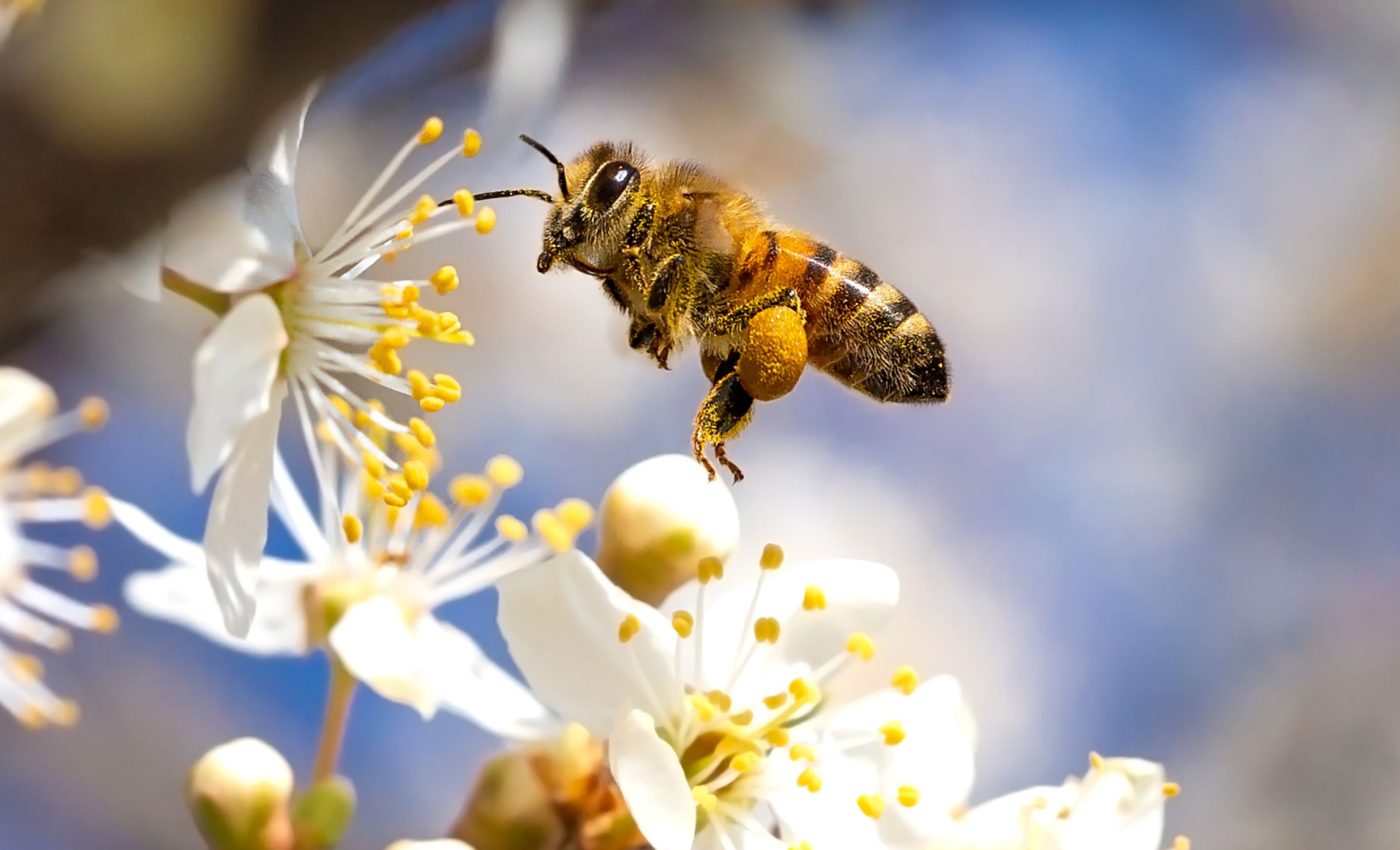
Bee survival depends on more than just pollen abundance
Bees don’t just huddle together and hope for the best in winter – they constantly prepare. Bees rely on the right kind of food to keep them going, but it’s not just about how much pollen they store. It’s about how many different plants that pollen comes from.
Researchers at Julius-Maximilians-Universität Würzburg (JMU) have been digging into this idea. They’ve been looking at how pollen variety affects honeybee colonies when the temperature drops.
The study, part of the BeeConnected project, reveals something surprising – more diverse pollen can mean the difference between life and death for bees in the winter.
Diverse pollen as a lifeline for bees
Think bees just eat anything sweet? Think again. Bees need a balanced diet just like we do – proteins, vitamins, fats, and minerals. Pollen is packed with these nutrients, but not all pollen is the same.
“A rich and balanced diet not only ensures successful brood development, but it also promotes the overall health of the bee colony – and healthy bees are more resistant to stressors,” says Giulia Mainardi, a PhD student at JMU.
Bees in the study that feasted on a wide range of pollen in spring and autumn? They had a better shot at surviving the winter. It wasn’t just how much they ate – it was what they ate.
How winter bees survive harsh months
Not all bees are built for the cold. Summer bees live fast and die young. Winter bees are tough. They emerge in autumn, store more fat, and last through the cold months. But they need the right nutrition to develop strong bodies.
The researchers found that bees with access to diverse pollen sources before winter had stronger, healthier winter bees.
These bees were more likely to keep the hive warm and resist diseases. It’s like a bee training camp – and the more diverse the diet, the better the soldiers.
What’s blooming and where?
The researchers didn’t just look at pollen. They looked at where it was coming from – farms, forests, cities. They tracked pollen collection in Germany, France, and Greece. They wanted to see how landscapes shaped pollen diversity.
In autumn, agricultural areas shined. Farmers planting flower strips, cover crops, and using organic methods provided a surprising variety of pollen.
“We found that areas with high agricultural use provide bees with a higher diversity of pollen in autumn. This is probably also due to agro-environmental measures such as organic farming, flower strips and intercropping,” said Mainardi.
But in summer, the story flipped. Semi-natural areas, full of wild plants, had the edge. Bees foraging in these zones found a richer mix of pollen. Agricultural lands, by then, were tapped out – fields harvested, flowers gone.
Why pollen diversity matters for bees
It wasn’t all about pollen, though. The researchers also looked at weather. Could more foraging days in warmer weather boost survival? Not as much as they thought.
The real game changer was pollen diversity. Even when the weather was harsh, bees with access to varied pollen survived better than those without.
“Our results underpin that the survival of colonies during winter depends not only on parasites like the Varroa mite and bad weather conditions but also on the quality of food resources,” said Steffan-Dewenter.
Warm winters might seem like a good thing. But for bees, it can be a double-edged sword. More mild days mean more foraging – but also more food burned through. Bees need enough pollen stored to handle those extra days of activity.
Farms can provide essential pollen
When people think of farms, they don’t always think of pollinator havens. But the study found something surprising – farms can actually help bees, especially in autumn.
In agricultural landscapes, diverse flowering plants provided crucial late-season pollen. Organic farms, cover crops, and flower strips acted like a bee buffet, serving up a mix of nutrient-rich pollen just when bees needed it most.
But summer told a different story. Bees in semi-natural areas had the upper hand, with wild plants blooming after crops had finished flowering. It was a stark reminder – what works in one season may not work in another.
Diverse pollen benefits beyond bees
Honeybees aren’t the only ones that benefit from diverse pollen. Other pollinators – bumblebees, butterflies, and solitary bees – need varied food sources too. Diverse landscapes feed them all, keeping pollinator populations strong.
Farmers stand to gain, too. Pollinators are essential for crops. No bees, no fruit. No bees, fewer seeds. Ensuring a steady supply of diverse pollen keeps bees healthy and helps farmers harvest better crops.
Plant it and they will thrive
So, what now? The researchers’ advice is simple – plant more flowers, and plant more kinds of them. Not just in spring, not just in summer – bees need variety all year long.
Beekeepers should choose locations with diverse floral landscapes. Farmers can add cover crops and flower strips. For conservationists, protecting wild habitats can boost plant diversity.
Winter survival is more than just weathering the cold. It’s about what bees eat before the snow falls. And the more variety they get, the better their chances of seeing spring.
The study is published in the Journal of Applied Ecology.
—–
Like what you read? Subscribe to our newsletter for engaging articles, exclusive content, and the latest updates.
Check us out on EarthSnap, a free app brought to you by Eric Ralls and Earth.com.
—–













